How Holiday Lights Impact Animals In The Wild
Christmas lights and animals aren’t a good mix. Light pollution impacts wildlife, so decorate accordingly.
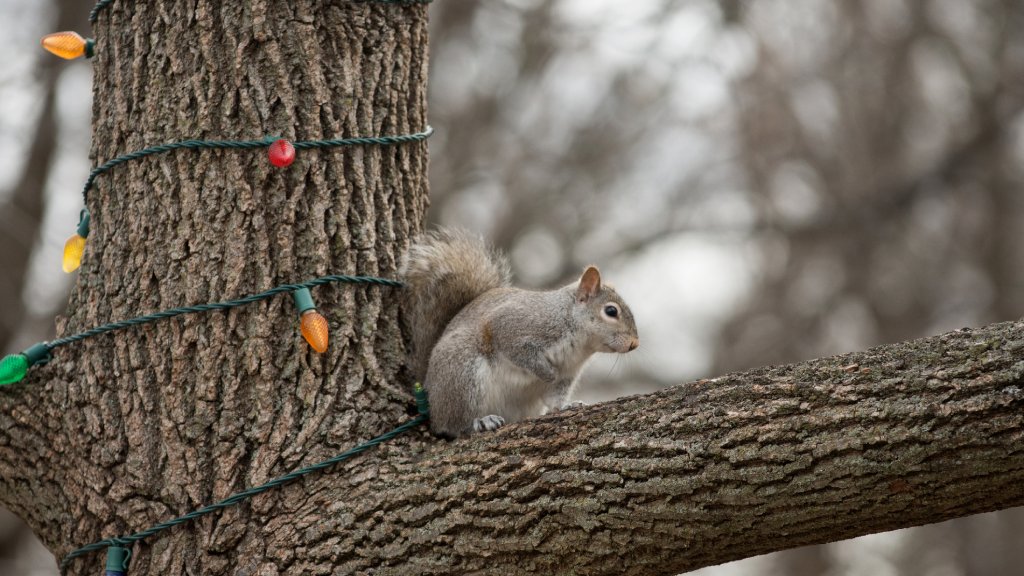
Holidays are a time of celebration, and a time that many people decorate with lights. But while your twinkling display may elicit excitement from kids and adults alike, our wild animal friends suffer. There are a number of reasons that Christmas lights and animals don’t mix, not the least being light pollutants' impact on wildlife.
Light pollution is a threat to wildlife in that it may cause confusion which may impact wildlife in a multitude of ways. Animals chewing on Christmas lights is another result of holiday cheer that might put you on Santa’s “naughty” list. You can, however, take steps to mitigate your impact. Keep reading to find out how.
Christmas Lights and Animals
The holiday season arrives soon after the winter solstice, the beginning of about 3 months of short, cold days, so it isn’t any wonder that many want to brighten up the frigid, dreary nights with abundant holiday lights. So abundant in fact, NASA scientists can view our festive light displays from outer space!
If there are any astronauts in orbit, they no doubt appreciate the sight, but wild animals have an entirely different take on the situation. The added lights mess not only with our body clocks but disturb animals' circadian rhythm as well.
How Can Light Pollution Harm Wildlife?
The circadian rhythm is an internal, 24-hour clock that guides our day and night activities. It affects physiological processes in almost all organisms, one of which is the production of melatonin.
Melatonin has been in the news a lot of late. It is naturally produced by the body (in animals too) and releases when the skies darken, making us sleepy. Increasing light with holiday lights or other artificial light (computer, phone, television), lowers melatonin production causing sleep deprivation. Artificial light is 20-50% brighter in many U.S. cities during Christmas and New Year’s compared to the rest of the year.
This is especially concerning for animals who don’t have timepieces dictating their every move. They need to know when to eat, mate and sleep.
Gardening tips, videos, info and more delivered right to your inbox!
Sign up for the Gardening Know How newsletter today and receive a free copy of our e-book "How to Grow Delicious Tomatoes".
Additional Issues with Light Pollution and Animals
Another problem with holiday lights specifically concerns nocturnal wildlife. Nocturnal animals forage for food at night and the extra lights we put up make it more likely that their predators can locate and eat them because we gave them more light to hunt by.
Nocturnal animals also view light through rods at the back of the retina which gives them excellent night vision. Unfortunately, when they wander near your blinding holiday light display, they become just that, blinded. Suddenly they are less aware of their surroundings. Not only is this confusing, but it can be deadly. It’s part of the reason animals get hit by cars.
This effect, by the way, is not exclusive to nocturnal animals. Birds can be drawn in by bright lights and then become so disoriented they run into structures and injure or kill themselves.
Other Problems with Christmas Lights and Animals
Holiday lights are fun for everyone right? Again, not for our animal friends. In colder climates, Christmas lights on deciduous trees can be disastrous. The added warmth, combined with a potential thaw can start the tree budding too early.
The next freeze will then kill buds and new leaves destroying the potential for a season's pollen or fruit. This could be disastrous for the birds and mammals that feed on the tree but not only that, the insects that may have laid eggs on the tree may have begun the process of hatching due to the warm-up from the artificial lights. Again, this is a devastating effect that will ripple down through the ecosystem.
Squirrels and other small foragers have a tough time in the winter and spend longer hunting for food. They are tantalized by the draping wires hung with glittering, colored lights and have been seen chewing through the electrical wires to get at them. Not only are they eating non-edible material, but risking electrocution for a winter meal.
Another problem is entanglement. Deer and other antlered animals especially can get tangled in the wires from the holiday lights. They then become stressed, panic, and may get hit by a car or the stress can kill them. Removing the lights from a panicked 100-1,500 pound animal (white tail deer-male moose) is not only difficult but dangerous for both animal and human.
How to Make Holiday Lights Safe for Animals
The good news is that you can reduce your impact on the wildlife in your area. No one is saying not to hang lights outside; well someone probably is. But there are a few other ways to minimize your impact on wildlife while still celebrating the season.
- First, do not drape lights over trees or bushes. Instead, wrap them tightly around posts and trees at least 6 feet (1.8 m) up from the ground so no wandering ruminants can damage the display or themselves.
- Limit your festive display area to just around your home so animals have a place to hunt, forage and sleep. Do not set lights up into the sky or out into the forest or other natural habitat. Use filters on any flood lights.
- Instead of outlining your home in string lights, put them around your windows and doors.
- Limit the time your light show is on; from 6-9 pm is enough time. Use a timer to shut the display off.
- Amazingly, the color of your display matters. Reds, oranges, yellows and greens have less impact than bright white or blue LED lights.
- Lastly, all of the above efforts to mitigate your effects on wildlife may also help a neighbor. Folks with insomnia, photophobia and those suffering from PTSD will all thank you.

Amy Grant has been gardening for 30 years and writing for 15. A professional chef and caterer, Amy's area of expertise is culinary gardening.
-
 Looking For Plants To Give You The Soft And Fuzzies? Try These 5 Fuzzy Leaf Plant Options
Looking For Plants To Give You The Soft And Fuzzies? Try These 5 Fuzzy Leaf Plant OptionsLovers of texture, drama, silver foliage and tactile plants will adore these special sensory garden additions. These fuzzy leaf plant options will leave you all aglow
By Susan Albert
-
 Get Ready For A Summer Of Hummers! Grow These Full Sun Hummingbird Plants and Flowers
Get Ready For A Summer Of Hummers! Grow These Full Sun Hummingbird Plants and FlowersIf you’re lucky enough to enjoy a sunny backyard, make sure you are maxing out on your pollinator opportunities and grow these full sun hummingbird plants and flowers
By Tonya Barnett
-
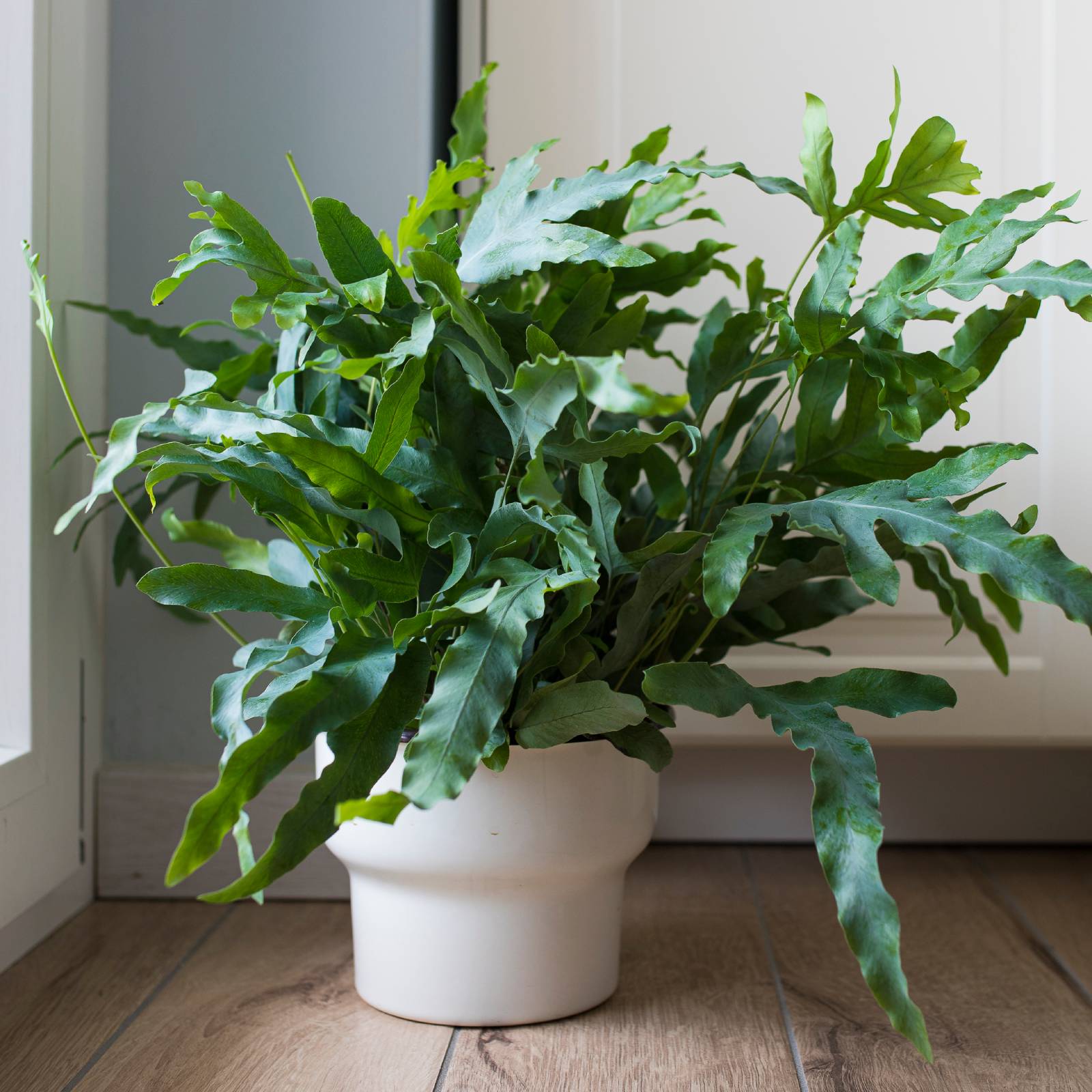 What Is Indirect Light? Grow Plants In Partial Or Filtered Light
What Is Indirect Light? Grow Plants In Partial Or Filtered LightGardeners are often confused about what indirect light and indirect sunlight mean when situating a plant. A little filtering makes all the difference.
By Tonya Barnett
-
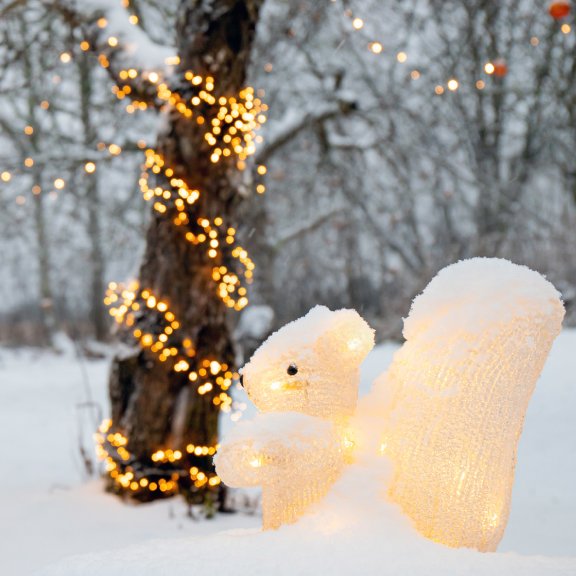 Outdoor Christmas Lights Ideas & Tips For A Winter Wonderland
Outdoor Christmas Lights Ideas & Tips For A Winter WonderlandThis winter try some different holiday outdoor lighting ideas to bring cheer to the neighborhood.
By Bonnie L. Grant
-
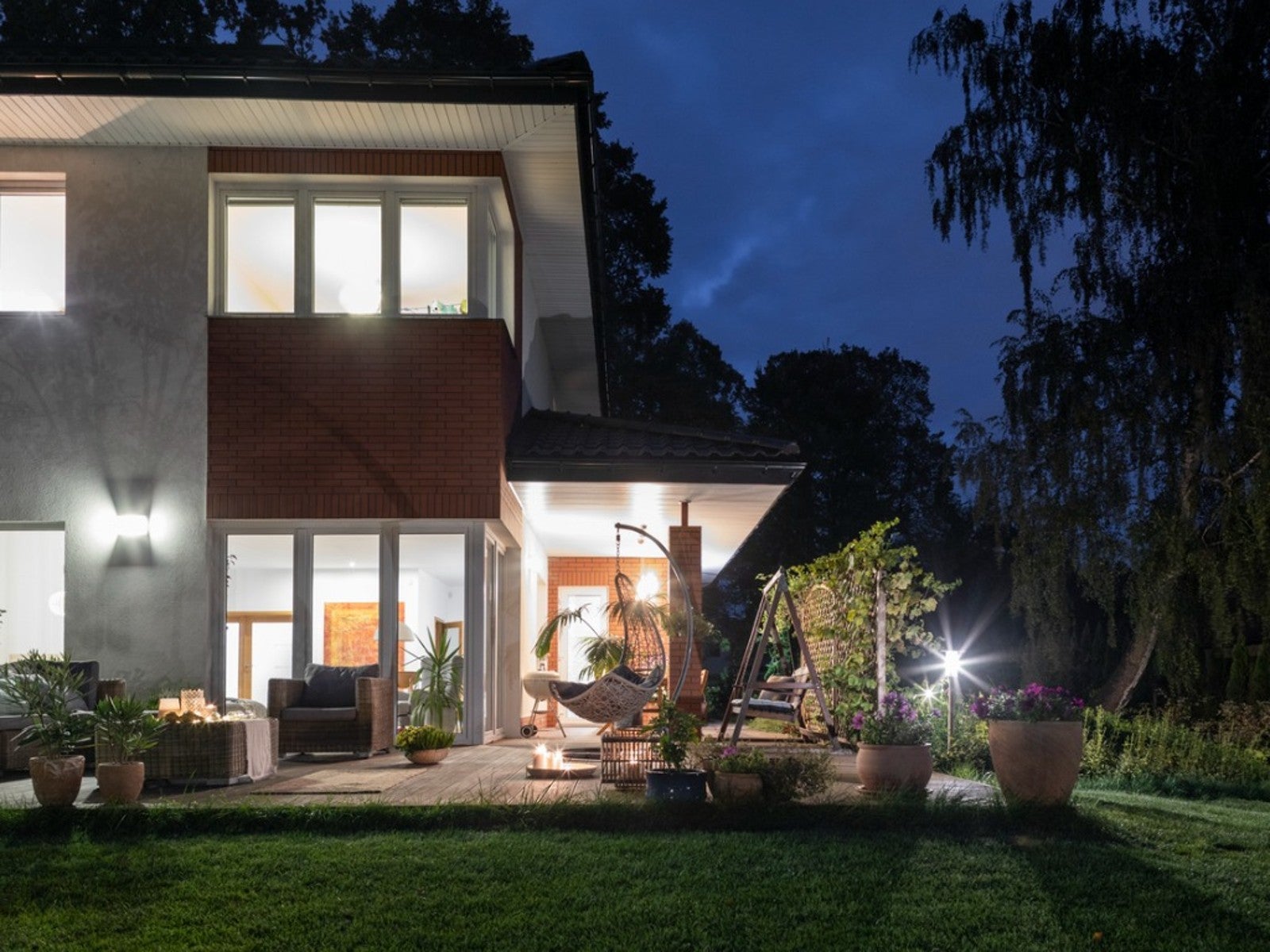 Best Outdoor Lighting To Reduce Light Pollution In Your Yard
Best Outdoor Lighting To Reduce Light Pollution In Your YardOver-illumination, or light pollution affects wildlife and is wasteful. Click to learn how to eliminate artificial light whenever possible.
By Teo Spengler
-
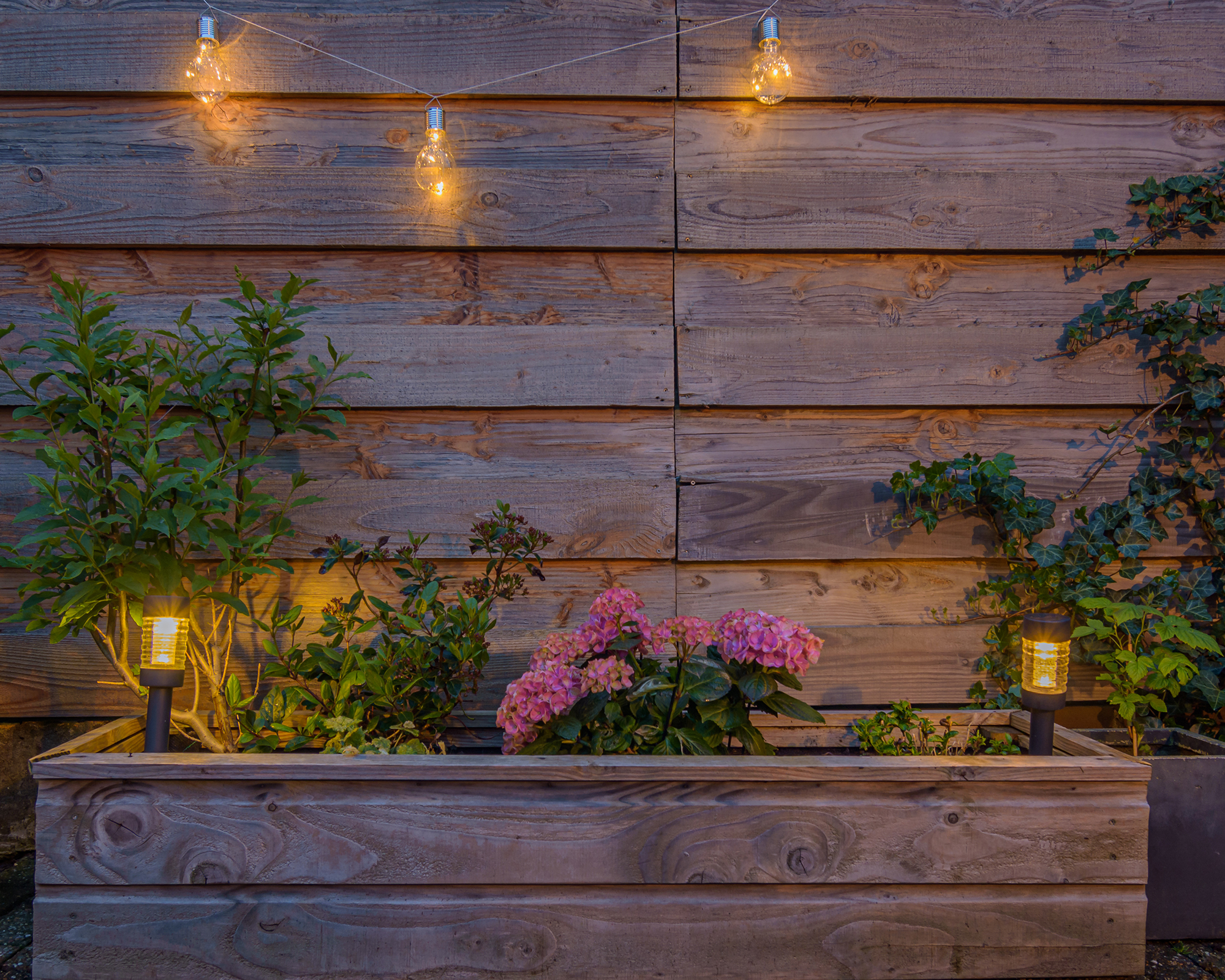 Easy Raised Bed Lighting Design
Easy Raised Bed Lighting DesignConsider lighting up your raised garden beds for safety, convenience and nighttime ambience.
By Amy Grant
-
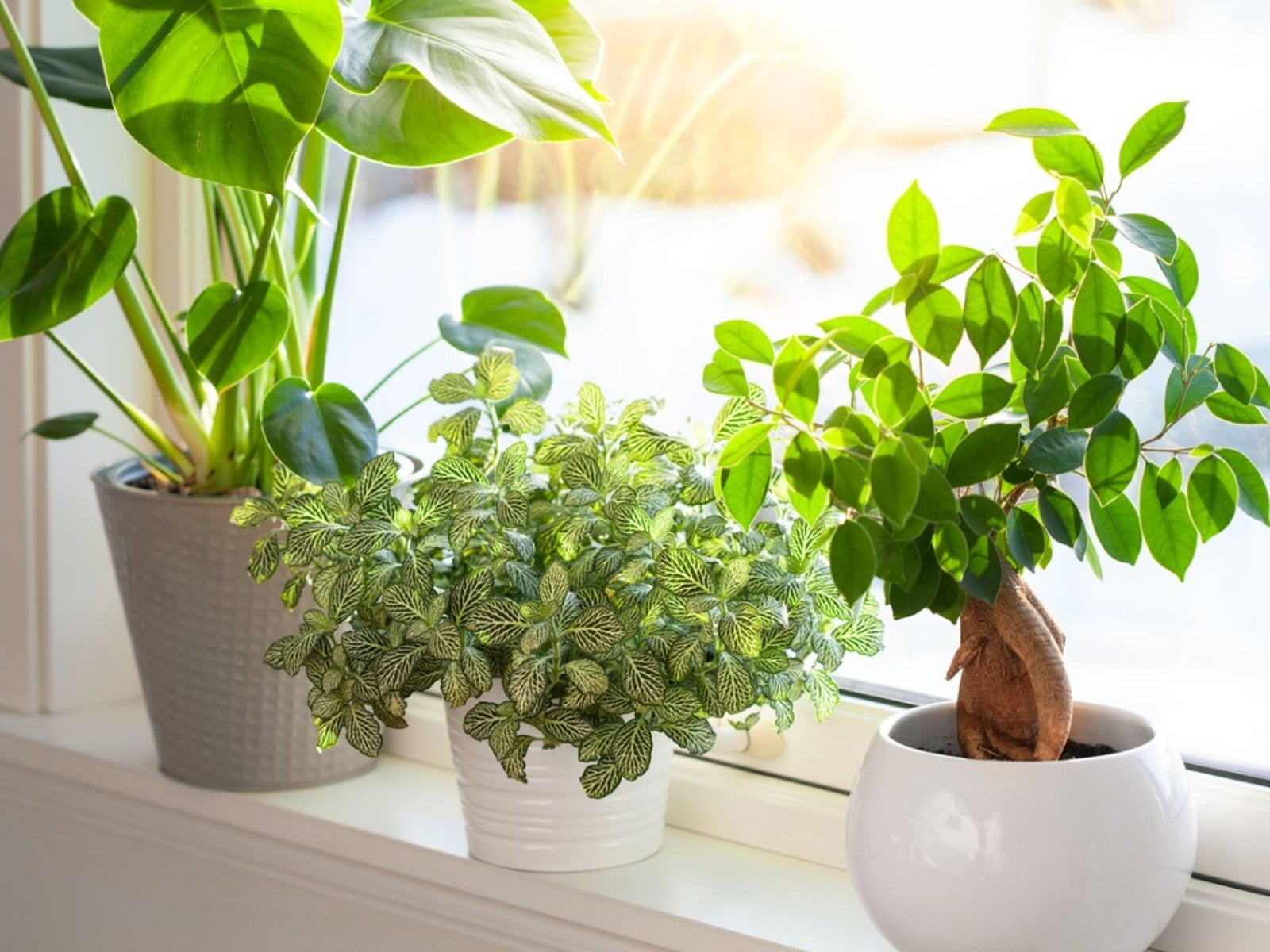 Different Ways Of Measuring Light For Plants Indoors
Different Ways Of Measuring Light For Plants IndoorsHaving a simple tool like a light meter might make it easier to keep your plants happy in the light they need.
By Mary Ellen Ellis
-
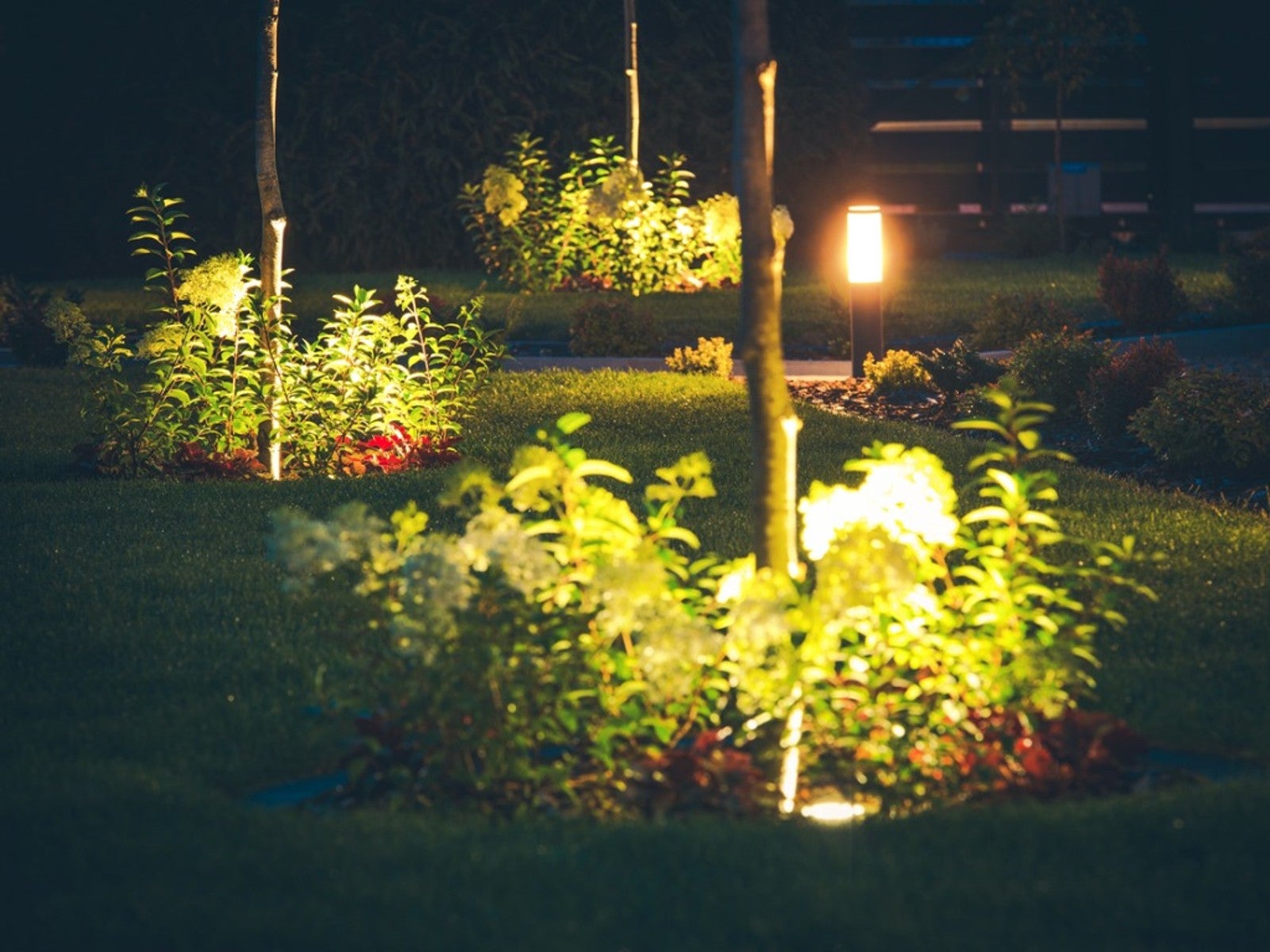 Negative Effects Of Night Lights For Outdoor Trees
Negative Effects Of Night Lights For Outdoor TreesHave you ever wondered if night lighting can harm trees? Click here for the answer.
By Teo Spengler
-
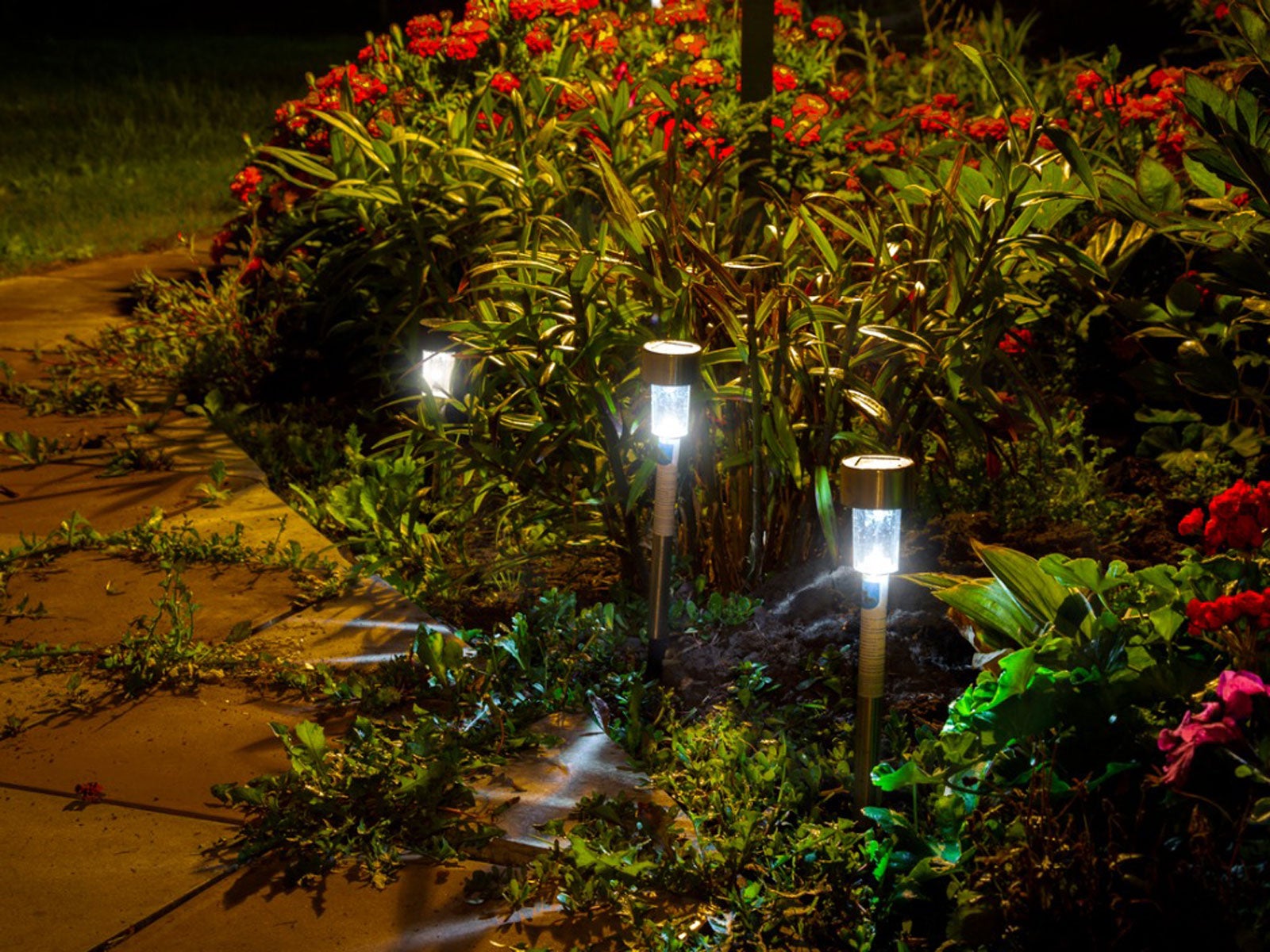 Solar Lights For The Garden: How Do Solar Garden Lights Work
Solar Lights For The Garden: How Do Solar Garden Lights WorkIf you have sunny areas in the garden that you want illuminated at night, you may want to consider solar powered garden lights. Learn how they work here.
By Mary Ellen Ellis
-
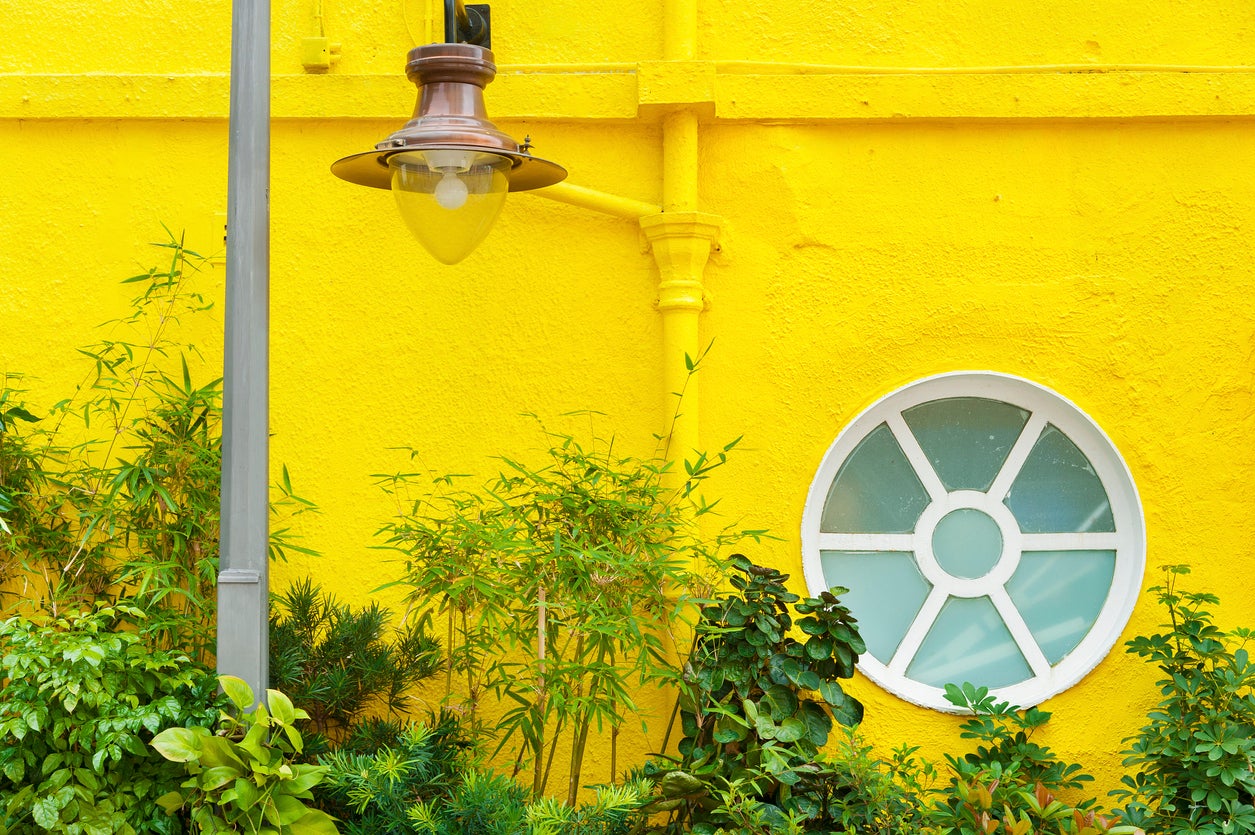 Are Streetlights Bad For Plants – Is Planting Under Streetlights Okay
Are Streetlights Bad For Plants – Is Planting Under Streetlights OkayPlants have evolved to sense and respond to changes in daylight as seasons shift, except those that grow at the equator, of course. Disrupting periods of darkness, such as by growing near streetlights, can affect a plant in a number of ways. Learn more here.
By Mary Ellen Ellis